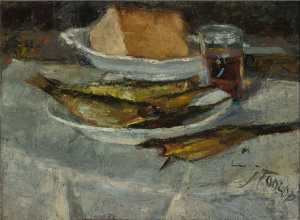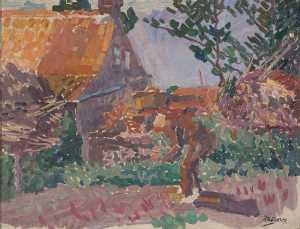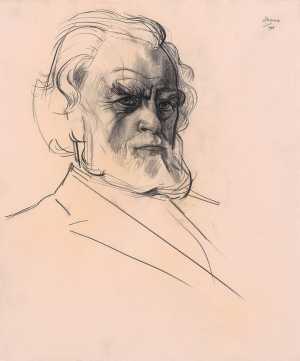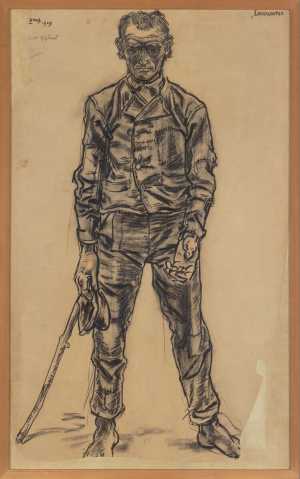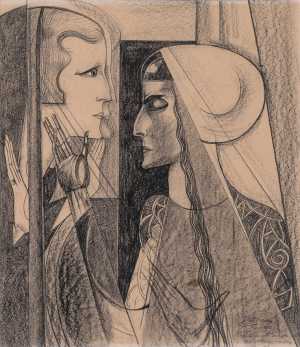Jan Toorop spent his youth on Java. In 1892 he moved to the Netherlands. He following a course in drawing at the Polytechnic School in Delft (1876-1879) and then studied at the National Academy of Visual Arts in Amsterdam (1880-1882) and the Ecole des Arts Décoratifs in Brussels (1882-1885). In Brussels he became involved from 1884 onwards with the artist group Les XX.
Toorop was susceptible to influences; the enormous variety in forms of expression and techniques demonstrates this. After 1890, he developed via realism, impressionism and post-impressionism in the direction of symbolism. For this, he made use of literary and musical sources and distant cultures. In his somewhat incomprehensible symbolism, the image of the woman played an important role. His drawings and lithographs are characterised by the flowing lines of the Art Nouveau. In 1905 he converted to Catholicism, and he subsequently painted almost exclusively religious subjects and portraits in a somewhat more geometric style.
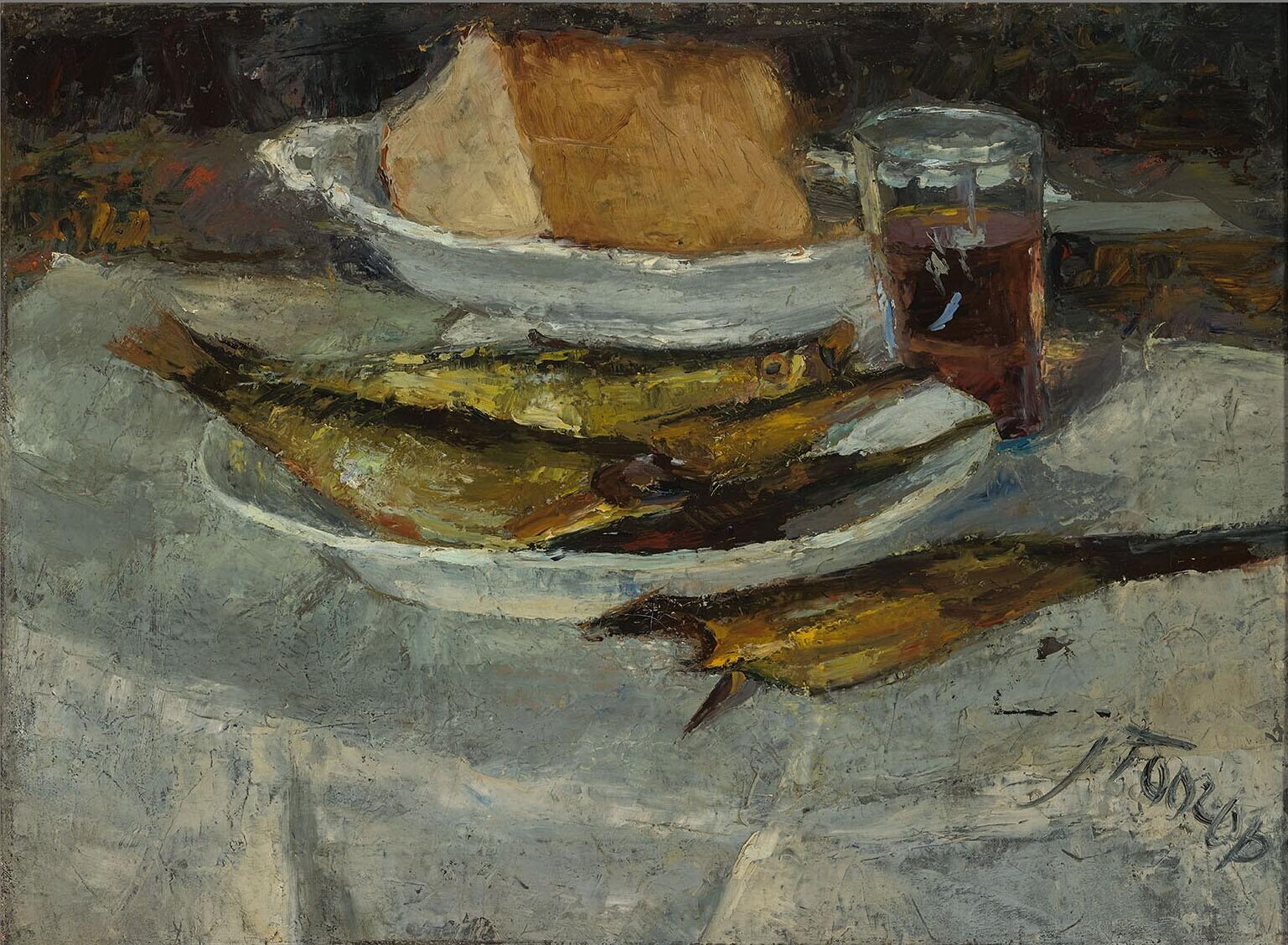
Jan Toorop
Poerworedjo 1858 - Den Haag 1928


